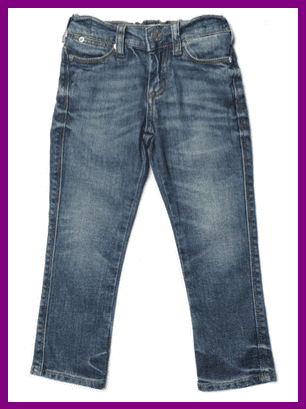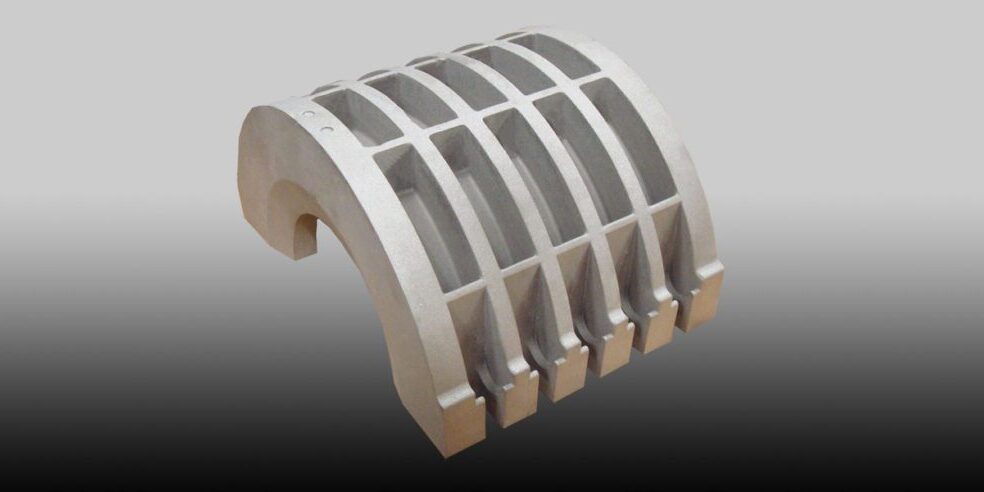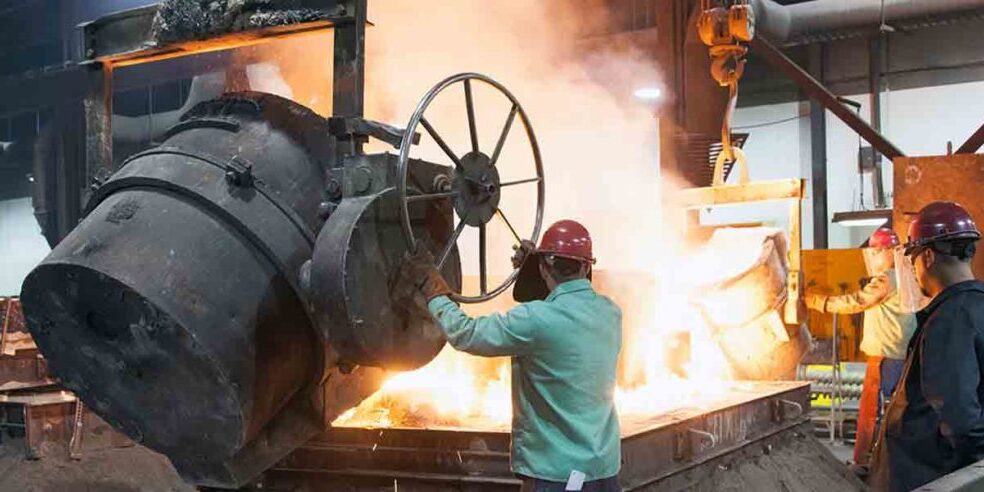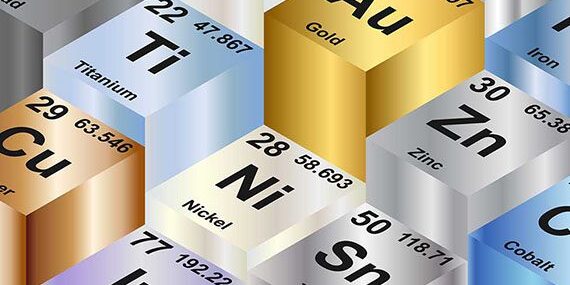Blog What Is Wear?
By: Dave Olsen
Walking across a grocery store parking lot, six-year-old Danny stumbled, fell down and did further damage to his already worn jeans. He looked up with little tears in his eyes and said, “Daddy, maybe you should get me pants made out of steel!” That got Daddy to thinking: What really is wear and what makes a metal resist it?
Among other qualities, metals are characterized by their toughness and by their hardness. Toughness is the ability of a material to absorb impact without fracturing. Hardness is the material’s ability to resist indentation, so typically the harder the material, the better it resists wear. But hard materials are, generally, not tough materials. A high impact application with a lot of wear would be a difficult environment. Metal selection often demands tradeoffs.
Like Danny’s jeans, wear in metals comes in various forms and can be caused by a variety of events.

Abrasion: Occurs when foreign materials rub repeatedly against a metal. When the materials are of different hardness, the softer metal can begin to show abrasion. This can take the form of scratching, gouging, or galling. Even rolling can cause abrasion because of the presence of foreign materials.
Adhesive Wear: This type of wear occurs when microscopic “high and low points” of mating parts rub against each other, sloughing off small bits of material.
Impact: Occurs when two materials collide. In this case, a material that is brittle will tend to crack rather than deform.
Other factors: Heat can impact a material’s durability and its ability to resist abrasion by changing the material’s microstructure. More obviously, corrosion contributes to wear because oxidation (or rust) reduces the metal thickness of the material that is corroding.
Aluminum bronze alloys are often selected because of their superior resistance to wear. Alloying of the metal may be done to improve properties based on the environment of the application. Small amounts of Manganese or Tin may be added to also improve resistance to corrosion. Nickel might be added to increase the strength of the metal. The part may be heat treated to manage hardness and ductility. In certain applications, austenitic or martensitic stainless steels may be selected because of their resistance to adhesive wear.
There are other ways to contend with wear, or at least reduce its effect. You could add material or a coating to high wear areas. This would be the equivalent of putting a patch on little Danny’s knees. You could change materials to something more wear-resistant. Maybe Danny would be OK wearing leather pants to school rather than those comfortable cotton jeans. Or you may just balance the cost of abrasion/wear-resistant materials with the cost of more frequent replacement. Danny is just going to outgrow those pants anyway. And besides, steel pants would be pretty heavy.



